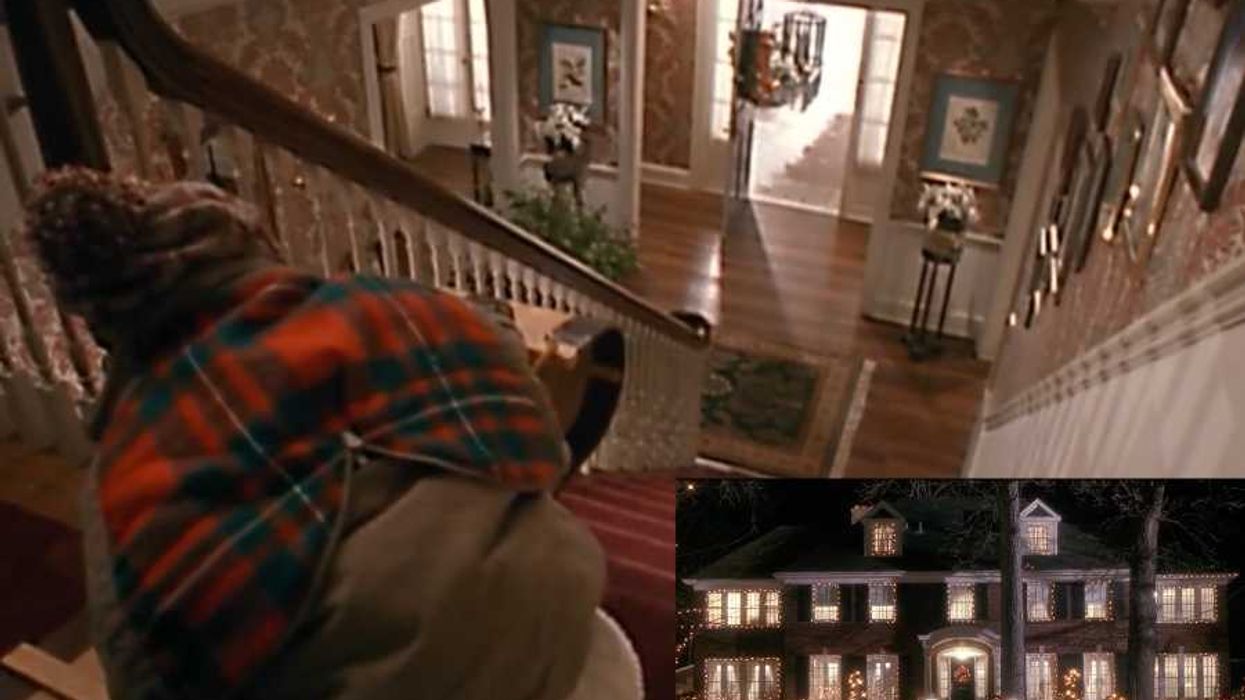The unemployment rate is one of the key barometers of the American economy. Its recent decline from 8.1 to 7.8 percent in September—its lowest level since President Obama took office in January 2009—is consistent with claims of an economic recovery and with other data that show evidence of new job creation, increases in hours worked among the employed, and increases in wages. While this drop is good news—and likely gave Obama a boost at the polls—as optimistic as the new numbers may seem, the data used to construct the unemployment rate and other measures of economic progress don't include some of the most economically disadvantaged Americans: the 2.3 million people housed in federal, state, and local prisons and jails.
The unemployment rate is a relatively simple measure of labor surplus, representing the fraction of the total labor force that is not employed, but looking for work. It's also useful for employers determining wages, policymakers setting unemployment benefit levels, or politicians seeking a single number to characterize the health of the American economy. However, it doesn't capture underemployment, other forms of labor inactivity, or unpaid labor. It also doesn’t tell us anything about the employment prospects of some groups of the population most economically at-risk.
That's because the data used to generate the unemployment rate come from the Current Population Survey, a monthly survey of 50,000-60,000 individuals living in households. The survey was designed during the Great Depression to help resolve disputes between the Hoover and Roosevelt administrations about the depths of poverty and unemployment. It provides information about the economic needs and capacities of the population for use in policy design and federal spending.
The reality is America's prisons and jails have become a repository for high school dropouts, ill-prepared to compete in an increasingly technical economy. More than half of America’s inmates have not completed high school. More than one in ten young white male dropouts is in prison or jail. Among young black men, the incarceration rate is over one third. Conventional measures of unemployment, therefor, overstate the economic well-being of the American population and understate racial inequality.
Using evidence from surveys like the Current Population Survey, scholars and analysts were favorably comparing unemployment in the U.S. to other advanced industrialized countries and extolling improvements in the economic well-being of young blacks during the economic boom of the 1990s. All the while, more and more low-skill white and black men were landing in prison or jail. By 2008, a young black man without a high school diploma was more likely to be in prison or jail than to be employed in the paid labor force.
Employment-population rates adjusted to include inmates suggest that only 26 percent of young black, male dropouts were employed in 2008, while over 37 percent were in prison or jail. Over half of the joblessness of young, black, and male dropouts is linked to incarceration. Accounting for penal growth suggests that the black-white employment gap is now significantly wider than it has been since 1980.
At the same time, it's not uncommon for America's inmates to be working. In the 1800s, prisons leased convicts as plantation labor. Today, inmates engage in a wide range of productive activity while incarcerated. Yet inmate labor is not governed by even the most basic labor laws, which set minimum wages or allow for collective bargaining agreements. And the exclusion of inmates from surveys—like the Current Population Survey—used to gauge the robustness of the economy and the economic fortunes of America’s workforce may lead us to misrepresent progress.
There is every reason to believe that the recent drop in unemployment is real. Yet, like the unemployment data from the months before, conventional economic indicators hide some of America's most pressing, and vexing, economic challenges from view. Many young, black men who haven't finished high school are invisible in federal data sources because they are overrepresented in prison or jail. Acknowledging the invisible population and their needs and capacities is essential for devising a policy solution that will get all Americans back to work.
Photo via (cc) Flickr user woodleywonderworks
















 Otis knew before they did.
Otis knew before they did.